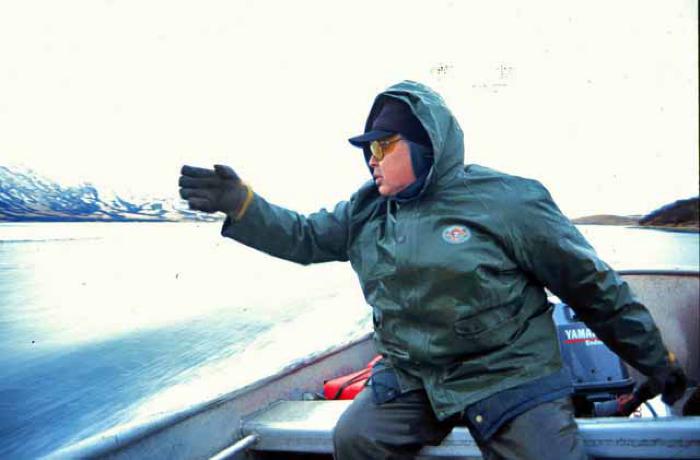Glove — Ariteq

Gloves and mittens are essential pieces of clothing in northern environments. Like warm fur parkas and insulated sod houses, they are one of the cultural adaptations that protect people from frostbite and hypothermia. Yet references to Alutiiq gloves, and examples of such garments, are rare.
In Prince William Sound, Alutiiq people are reported to have made mittens from bear paws, adding a separate piece of hide to form the thumb. A Smithsonian Institution collection includes a pair of mitten liners woven from grass. And Kodiak Elders note that people once lined mittens with dried moss to increase their warmth.
The limited use of gloves and mittens is in keeping with the limited use of shoes. Although Alutiiq people made and wore boots, they reserved footwear for the harshest weather.
This cultural preference for bare hands and feet may reflect a physiological adaptation to the cold shared by many northern peoples. The hands and feet of arctic dwellers maintain a consistently higher temperature than those of other human populations. This is caused by cold-induced vasodilation, a physiological process that moves blood from the trunk to the extremities.
Arctic dwellers have a more rapid onset of this process. They divert heat more easily to areas of the body that are far from the core, lose heat more rapidly, and are frequently exposed. This adaptation is critical in cold environments where people need their hands free to manipulate weaponry and tools. It is also evidence of the remarkable ways that human populations adjust both culturally and biologically to their surroundings.
